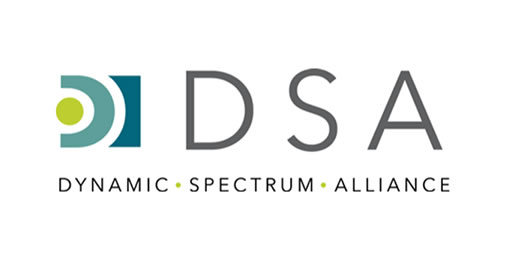Marina Bay Sands, Singapore, 26 June 2018: As the path towards 5G begins to gain momentum, the Dynamic Spectrum Alliance has today set out its vision for a 5G future and the opportunities and challenges that will arise from deploying it.
On the opening day of CommunicAsia – one of the most established telecommunications events – DSA President Kalpak Gude highlighted the challenges and barriers that need to be overcome if the potential of 5G is to be fully realized.
“5G is widely expected to incorporate a number of innovative features, all of which will allow a large range of applications with diverse requirements to be supported,” said Gude. “Despite the benefits of 5G, there are still several barriers to overcome. The DSA believes that dynamic spectrum sharing can contribute to alleviating many of the key barriers to deployment that currently exist.”
Deploying 5G needs to involve more than just mobile carriers if it is to be successful, Gude continued. The mobile industry cost estimates for deploying 5G networks are more than several hundred billion dollars, just for Europe alone. These costs are above and beyond the cost of continuing to deploy and maintain the 4G networks that will continue to carry most existing mobile services. This means, said Gude, that the carriers alone cannot be expected to carry the CapEx burden alone.
“Spectrum bands considered for 5G applications are above 3 GHz and spectrum in those bands have significantly poorer distance propagation and building penetration,” he continued. “As a result, exclusive licensing for this type of spectrum is inherently wasteful because it will leave spectrum underutilized by design. The DSA therefore believes sharing, particularly dynamic sharing, is a much more effective way to manage this spectrum than the exclusive licensing paradigm where the license gives the owner the right to both use and exclude. Dynamic sharing enables both licensed and lightly licensed use in the same bands, providing opportunities to more entities to deploy infrastructure.”
According to Gude, many communities, particularly those in rural locations, struggle to obtain 4G, 3G or even 2G connectivity. As a result, the much-anticipated benefits of 5G are in danger of being completely lost for them unless barriers are tackled that will enable rural communities to access 5G connectivity.
“Difficulty in gaining access to radio spectrum is one of the main barriers to deployment but we believe that dynamic spectrum sharing will allow communities and internet service providers to access spectrum in areas where none of the major mobile operators are deploying networks,” said Gude.
Gude concluded by stating that more spectrum for license exempt services in the 6 GHz band is also critical to enable the high throughout connectivity that is necessary for the gigabit future envisioned in the 5G story.
He added: “Wi-Fi and other unlicensed services have been the onramp to the internet for some time and the future of gigabit networks and 5G will demand even more from unlicensed networks of the future.”
For further information about the Dynamic Spectrum Alliance please visit http://dynamicspectrumalliance.org/ or follow @dynamicspectrum on Twitter. Alternatively join the Alliance on Facebook or LinkedIn.

